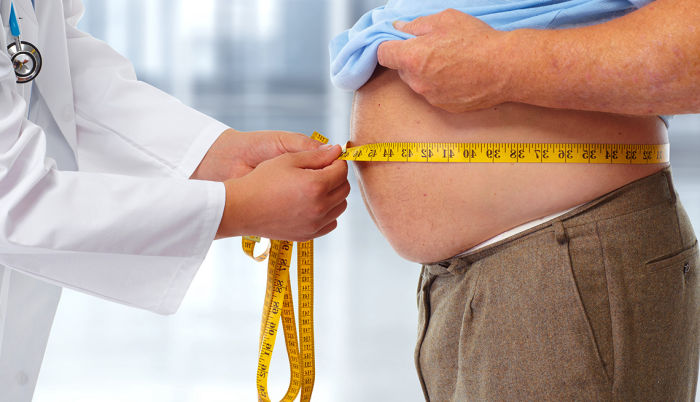Why does the 'rebound effect' occur after removing an intragastric balloon?
Currently, many overweight or obese patients who undergo minimally interventional weight loss treatments (such as the intragastric balloon) suffer from the rebound effect, where they regain lost weight. This effect can be attributed to a lack of commitment to medical recommendations and to changes in lifestyle, but it is also due to the fact that the method itself is not very effective.
According to a study by the National Institute of Health, although the intragastric balloon allows considerable weight loss during treatment,90 percent of patients regain the lost weight after removing the device. This post treatment weight gain is known as the rebound effect.
This situation occurs because patients do not reduce their anxiety to eat food and do not adopt healthy lifestyles, If the patient does not permanently change their lifestyle and eating habits, there is no guarantee that patients will maintain weight lost after the gastric balloon is removed, says Stenio Cevallos, , a renowned intensivist physician in the city of Guayaquil.
For this reason, the Cevallos recommends that overweight or obese patients, opt for more effective methods that give long-term results, such as gastric sleeve or gastric bypass, as such options allow for a sustained weight loss.
Cevallos has pointed out that, unlike endoscopic gastric sleeve and bariatric surgery, both gastric sleeve and gastric bypass also , act at the hormonal level , by reducing ghrelin, the hunger hormone, which causes anxiety to eat. He states that endoscopic gastric sleeve patients quickly regain lost weight because the procedure does not have this hormonal effect.
Disadvantages of the intragastric balloon
According to specialists, the intragastric balloon has other disadvantages compared to gastric sleeve or gastric bypass; about a third of patients who undergo this procedure suffer side effects such as pain and nausea after the device has been placed.
Also, although there are minimal risks during the placement and removal of the intragastric balloon, it is common for, the device to deflate within the body, thus interrupting weight loss. Unexpected deflation can generate an even greater risk, too. If the deflated balloon passes through the digestive system it can cause an intestinal obstruction, which could require an additional procedure to solve it. While proper monitoring by the treating physician would minimize these risks, they can’t be eliminated entirely.
Other possible risks associated with the gastric balloon include ulcers or perforations in the stomach, which could require surgery.
For Cevallos, it’s hard to understand why Ecuador continues to market the gastric balloon with attractive labels, like “easy to implant,” and “avoid entering the operating room” when the drawbacks – the fact that it is less efficient in treating obesity and excess weight and the fact that it has so many possible complications – are so well documented.
While the situation is far from ideal, Cevallos has suggested that one possible solution is to share knowledge about the gastric balloon procedure as widely as possible., Information can help patients learn about risks and drawbacks so that they can avoid unexpected situations, such as the rebound effect, and it also will help them turn to specialized medical teams in this field so that they can find the most appropriate method for their unique situation.


